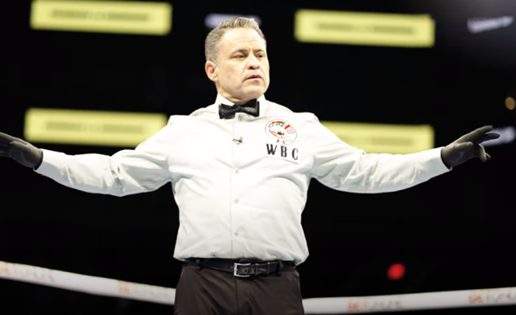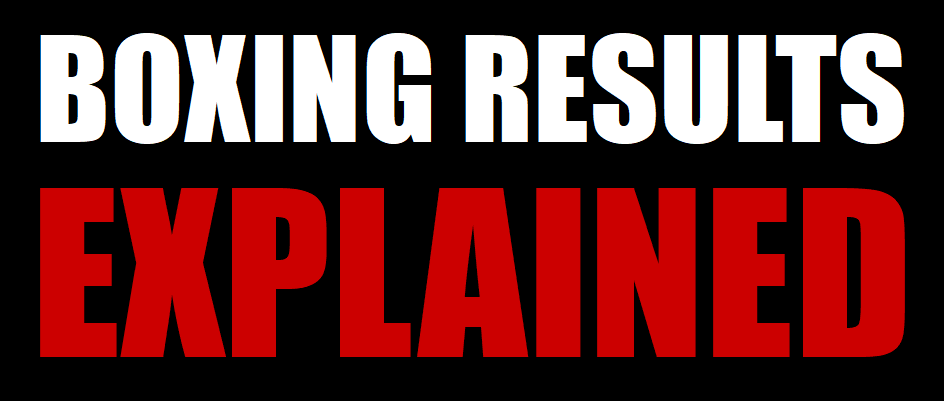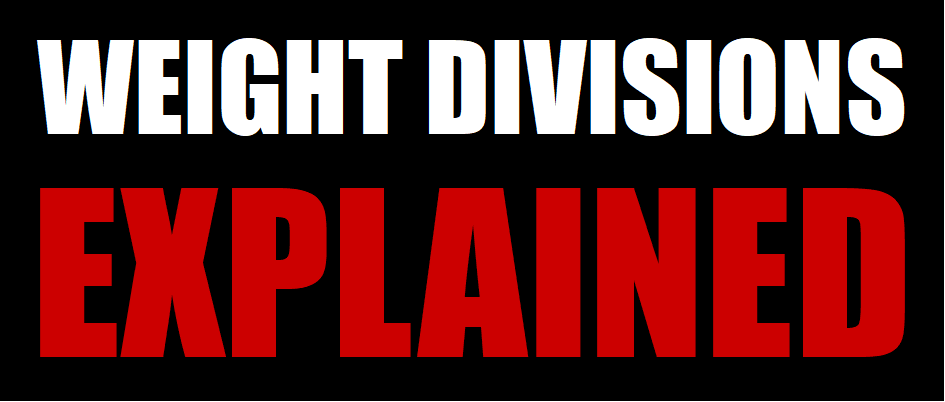A simplified boxing rules guide, featuring every rule and infraction of the fight game.

Boxing, a seemingly simple combat sport at first glance, in fact has a number of rules which have evolved since being established by the Marquess of Queensberry in 1867.
Modern boxing rules may differ slightly depending on country and jurisdiction, but the same generally apply in most licensed/sanctioned bouts. If an infringement takes place during a fight, a warning, point deduction, or disqualification in the worst case, can be exercised by the referee.
The Rules of Boxing
The following are rules imposed during a boxing bout:
Knockdowns & KOs

What Happens When a Boxer is Knocked Down?
After being knocked down, a boxer has up to 10 seconds to rise to his feet before losing by way of knockout (KO). Moreover, if a boxer does successfully rise, but does so quickly, the referee must reach a minimum count of 8, known as the ‘mandatory 8 count’ (see below), before he can allow the action to continue.
For a knockdown to be technically valid, at least three points of the boxer’s body should have touched the canvas (a slip, so long as the referee spots it, will not be counted as a knockdown and therefore no count will be given).
What is a Standing 8 Count?
While uncommon in most bouts, a referee may be permitted to give a knockdown count known as the ‘standing 8 count’. This is usually exercised when a hurt boxer, who otherwise would have been knocked down to the canvas, has been kept up by the ropes (see Tyson Fury vs. Oleksandr Usyk I).
How Many Times Can a Boxer be Knocked Down?
Typically, there is no limit on how many times a boxer can be knocked down before a fight is stopped. The bout’s referee will therefore determine how many knockdowns the boxer meeting the canvas can endure, based on how hurt/competitive he is.
However, depending on the jurisdiction or sanctioning body, a three-knockdown rule can be implemented in some cases; in this instance, if a boxer is knocked down three times he will lose the bout.
Can a Boxer be Saved by the Bell?
With modern boxing rules, usually no. Even if the bell sounds to end a round, a knocked down boxer still has to beat the 10 count to avoid losing by KO. In the modern era, it is almost always the case that boxers cannot be saved by the bell.
Can the Corner or Doctor Stop a Fight?
Generally, no. Only the referee can make the decision to end a fight. However, in addition to his own judgment, he must take on board any health/safety concerns from a boxer’s corner and or that of a ringside doctor.
What Happens if a Boxer is Knocked Out of the Ring?
In the event of a boxer being knocked out of the ring, he will typically be granted a 20 count to allow for more time. He must then be able to return to the ring unassisted and rise to his feet before the referee completes the count.
Boxing Fouls & Infringements

What are the Different Types of Fouls in Boxing?
- Hitting with an elbow, head, shoulder, forearm, open glove, inside/back/side of glove
- Wrestling, holding, tripping, kicking, biting, spitting on, pushing
- Punching below the belt-line, punching an opponent’s back/head (rabbit punch), or hitting when they have turned away (turning away from your opponent is also a foul)
- Throwing a punch while holding the ropes to trap an opponent and gain leverage, and throwing a punch while holding an opponent
- Ducking too low; so your head goes below the opponent’s belt line
- Punching on a break; after the referee has issued a ‘break’ following a clinch, no punches may be thrown before both boxers take one full step back
- Spitting out a mouthpiece (which may cause the referee to halt the action and request it be cleaned and replaced) intentionally to receive a rest
- Not going to the farthest neutral corner following a knockdown while the referee reads the floored boxer a 10 count
- Hitting a knocked down opponent while he is still on the canvas
What Happens When a Low Blow Occurs?
If a low blow (punch to the groin/below belt line) takes place, the referee will give the afflicted boxer up to 5 minutes to recover.
Can a Boxer be Disqualified?
Yes. If a boxer commits an intentional foul – or continued fouls – that result in the fight coming to a premature end, he will be Disqualified (DQ).
What if an Unintentional Foul Stops a Fight?
If an unintentional foul causes a fight to be stopped before 4 rounds have been completed, the outcome is ruled a No Decision (ND)/No Contest (NC).
If 4 rounds have already passed, the bout goes to the scorecards to determine a points-based winner, leading to a Technical Decision (TD) result. If the scores are even in this instance, however, a Technical Draw is ruled.
Are Smelling Salts Allowed in Boxing?
No. Boxing rules of the past may have permitted the use of ‘smelling salts’ by the corner, but it is now an illegal practice. Furthermore, the use of any illegal performance enhancing drug (PED), liquid or solid-based, is also prohibited.
Generally, only a ringside doctor may apply such drugs, if necessary, but they must of course be administered after the fight has officially ended.
Like to know more about boxing? Select one of the banners below, or see our extensive Boxing FAQ section for lots more information on the sport.
Something we missed? Have a question or a suggestion? Please get in touch with our boxing staff team.





